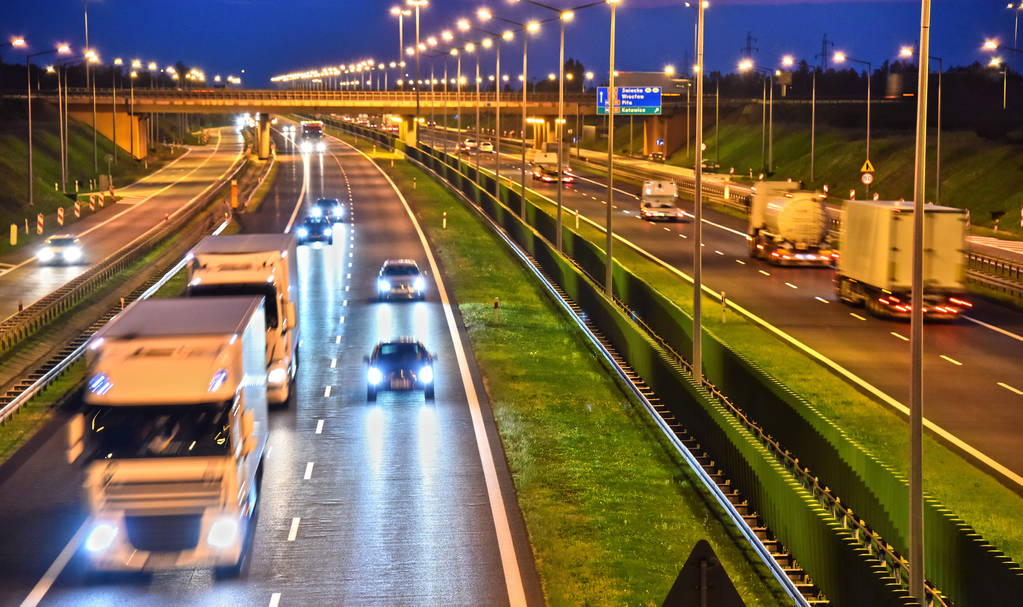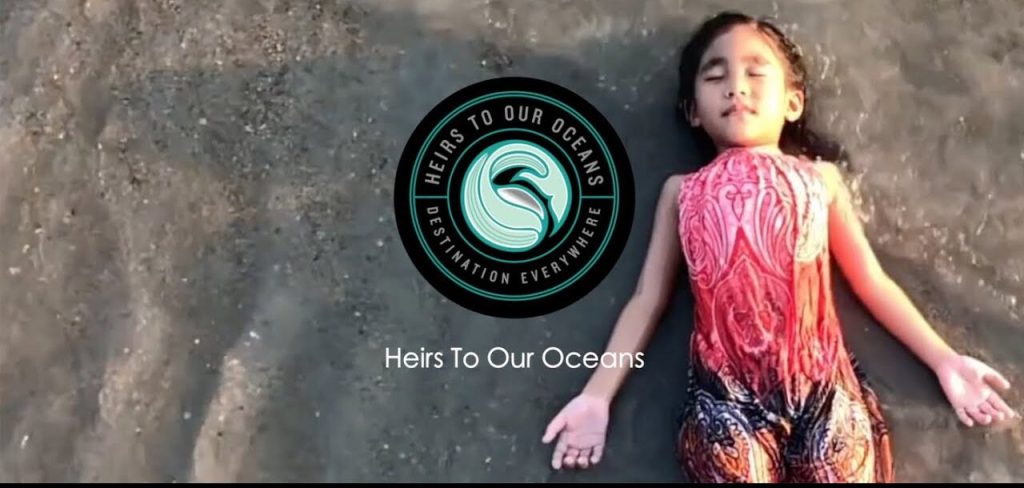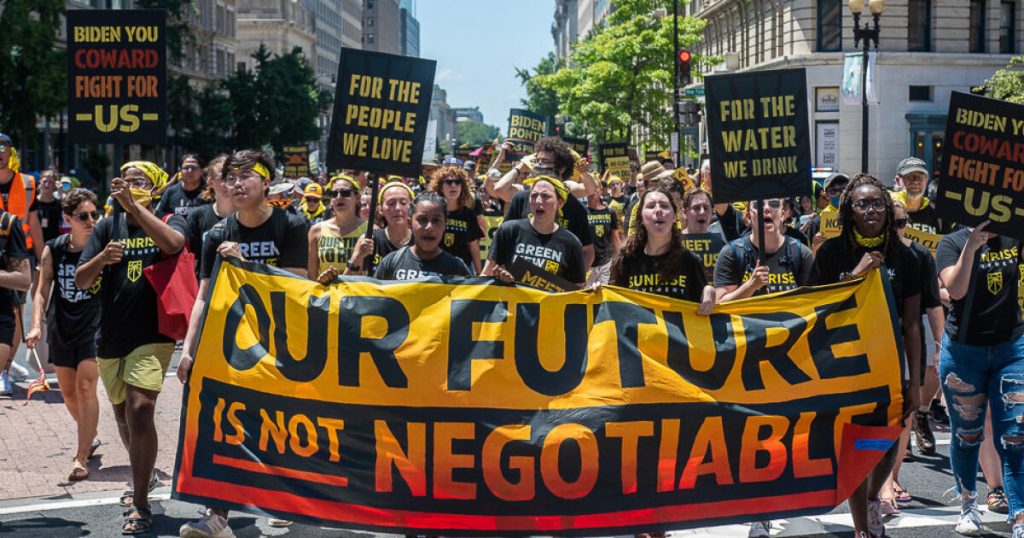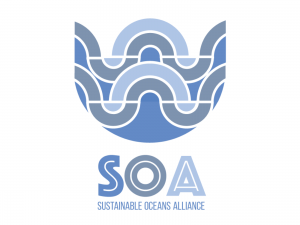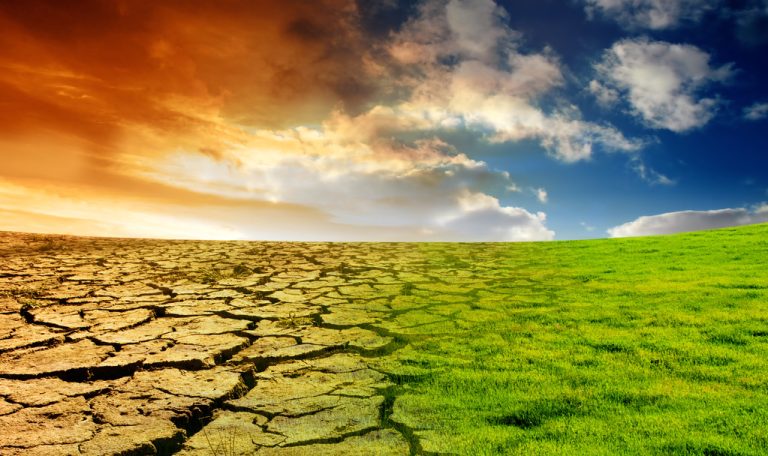Japanese Wooden Satellite: Launch Date and Key Details
Key Takeaway
Japan is set to launch the first wooden satellite, LignoSat, in September 2024. Developed by Kyoto University and Sumitomo Forestry, this innovative satellite aims to explore the viability of wood as a sustainable material for space applications, with the potential to reduce environmental impact and inspire future wooden habitats on the Moon and Mars.
Summary
- Launch Date: September 2024
- Satellite Name: LignoSat
- Developers: Kyoto University and Sumitomo Forestry
- Size: 4 inches (10 centimeters) on a side
- Weight: Just over 2 pounds (0.9 kilograms)
- Material: Magnolia wood
- Purpose: To study wood’s behavior in space, including expansion, contraction, and degradation
- Potential Impact: Reduce harmful metal particles from satellite reentries and expand wood’s use as a sustainable resource
- Long-Term Vision: Building wooden habitats on the Moon and Mars

Introduction
In a groundbreaking move, Japan is poised to launch the world’s first wooden satellite, LignoSat, into space this September. This innovative project is the brainchild of researchers at Kyoto University and the Japanese logging company Sumitomo Forestry. The satellite is a small cube, measuring just 4 inches (10 centimeters) on each side and weighing a mere 2 pounds (0.9 kilograms). LignoSat’s development marks a significant milestone in space technology, highlighting the potential of wood as a sustainable material for future space applications.
Development and Design
The idea of using wood in space might seem unconventional, but it stems from a broader vision of sustainability and environmental responsibility. Takao Doi, an astronaut and professor at Kyoto University, emphasized the significance of this project:
“Expanding the potential of wood as a sustainable resource is significant. We aim to build human habitats using wood in space, such as on the moon and Mars, in the future.”
Magnolia wood was chosen for LignoSat after rigorous space exposure tests on different types of wood, including cherry and birch. Magnolia’s strength and workability made it the ideal candidate. The satellite’s design leverages a traditional Japanese woodworking technique that avoids the use of screws or glue, ensuring the structure is both robust and lightweight.
LignoSat is equipped with external solar panels to power its onboard instruments. Despite its small size, the satellite is designed to withstand the harsh conditions of space. Researchers will monitor its performance closely, focusing on wood expansion, contraction, degradation, internal temperature, and the performance of electronic equipment.
Environmental Impact
One of the primary motivations behind LignoSat is to address the growing concern of space debris. Traditional satellites, when they re-enter Earth’s atmosphere and burn up, release harmful metal particles. By contrast, a wooden satellite like LignoSat would minimize this environmental impact. If successful, this approach could pave the way for more eco-friendly satellite designs.
The success of LignoSat could open new avenues for using wood in space. This aligns with broader efforts to promote sustainable practices in various industries. The concept of wooden habitats on the Moon and Mars is particularly intriguing. Such structures could potentially be easier to construct and maintain, leveraging the natural properties of wood.
Launch and Deployment
The development of LignoSat began in April 2020. Since then, extensive ground tests have been conducted to ensure the satellite’s functionality and safety. These tests included exposing wood samples to space-like conditions to study their behavior. The results were promising, demonstrating that wood could endure the rigors of space.
Mission Timeline
LignoSat is scheduled to be launched to the International Space Station (ISS) in September 2024. About a month after its arrival, it will be deployed from the Japanese Kibo module into orbit. This deployment marks a critical phase where researchers will begin collecting data on how the wooden satellite performs in space.
Potential Challenges
While wood has many desirable properties, its behavior in the extreme environment of space is not fully understood. Space is characterized by intense radiation, vacuum conditions, and extreme temperature fluctuations. Researchers will closely monitor how LignoSat copes with these challenges, providing valuable insights for future wooden structures in space.
Integrating modern technology with traditional materials like wood poses unique challenges. Ensuring that electronic components function correctly within a wooden structure requires careful design and testing. The success of LignoSat will depend on the seamless integration of these technologies.
Future Prospects
The long-term vision for projects like LignoSat is to build sustainable habitats on the Moon and Mars. Wood, with its natural insulation properties and structural versatility, could be an excellent material for constructing living quarters and research stations. This could reduce the need for transporting heavy construction materials from Earth, making space colonization more feasible.
If LignoSat proves successful, it could inspire further innovations in the use of wood in space technology. This might include wooden components for other types of spacecraft, satellites, or even tools and equipment for astronauts. The potential applications are vast, highlighting the versatility of this ancient material in modern space exploration.
Conclusion
Japan’s launch of the world’s first wooden satellite, LignoSat, represents a pioneering step in space technology and sustainability. Developed by Kyoto University and Sumitomo Forestry, this innovative project explores the potential of wood as a viable material for space applications. By reducing environmental impact and paving the way for future wooden habitats on the Moon and Mars, LignoSat could significantly influence the future of space exploration. As we look forward to its launch in September 2024, the world will be watching closely to see how this unique satellite performs in the final frontier.
Tables
Table 1: LignoSat Specifications
| Feature | Details |
|---|---|
| Name | LignoSat |
| Dimensions | 4 inches (10 cm) per side |
| Weight | 2 pounds (0.9 kg) |
| Material | Magnolia wood |
| Launch Date | September 2024 |
| Developers | Kyoto University, Sumitomo Forestry |
| Power Source | External solar panels |
Table 2: Potential Benefits of Wooden Satellites
| Benefit | Description |
|---|---|
| Environmental Impact | Reduces harmful metal particles during re-entry |
| Sustainability | Promotes the use of renewable materials |
| Construction Feasibility | Easier to construct and maintain wooden structures in space |
| Cost Efficiency | Potentially lower transportation and construction costs |
| Innovation in Space Technology | Opens new avenues for integrating traditional materials in space tech |
Hashtags
#SpaceExploration, #Sustainability, #WoodenSatellite, #LignoSat, #Japan, #KyotoUniversity, #SumitomoForestry, #SpaceDebris, #EnvironmentalImpact, #InnovativeTechnology


















